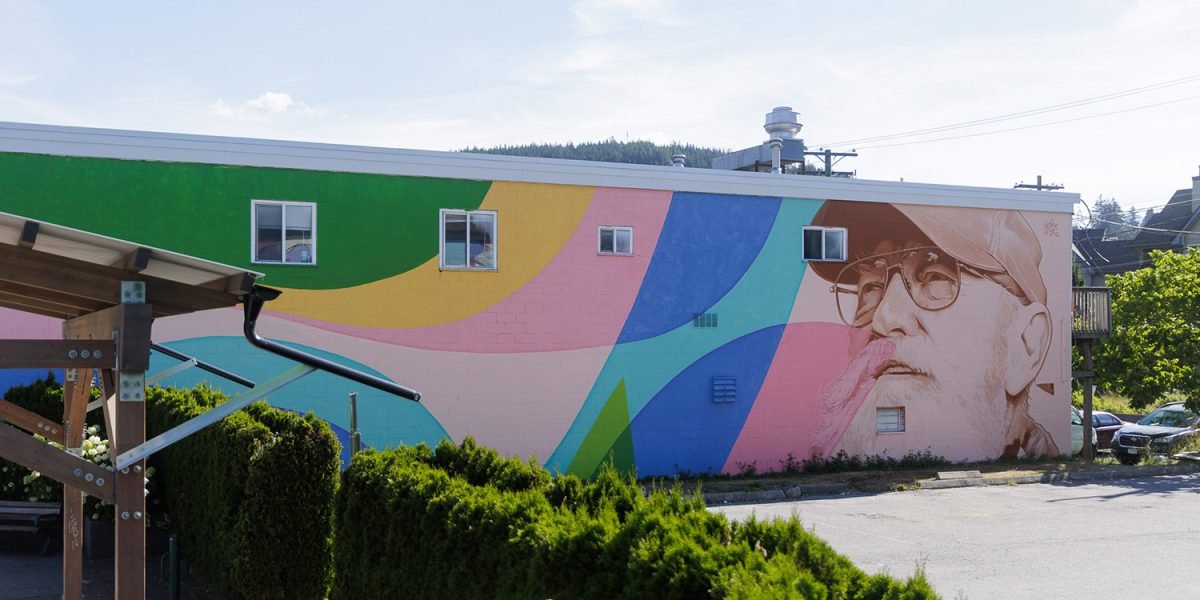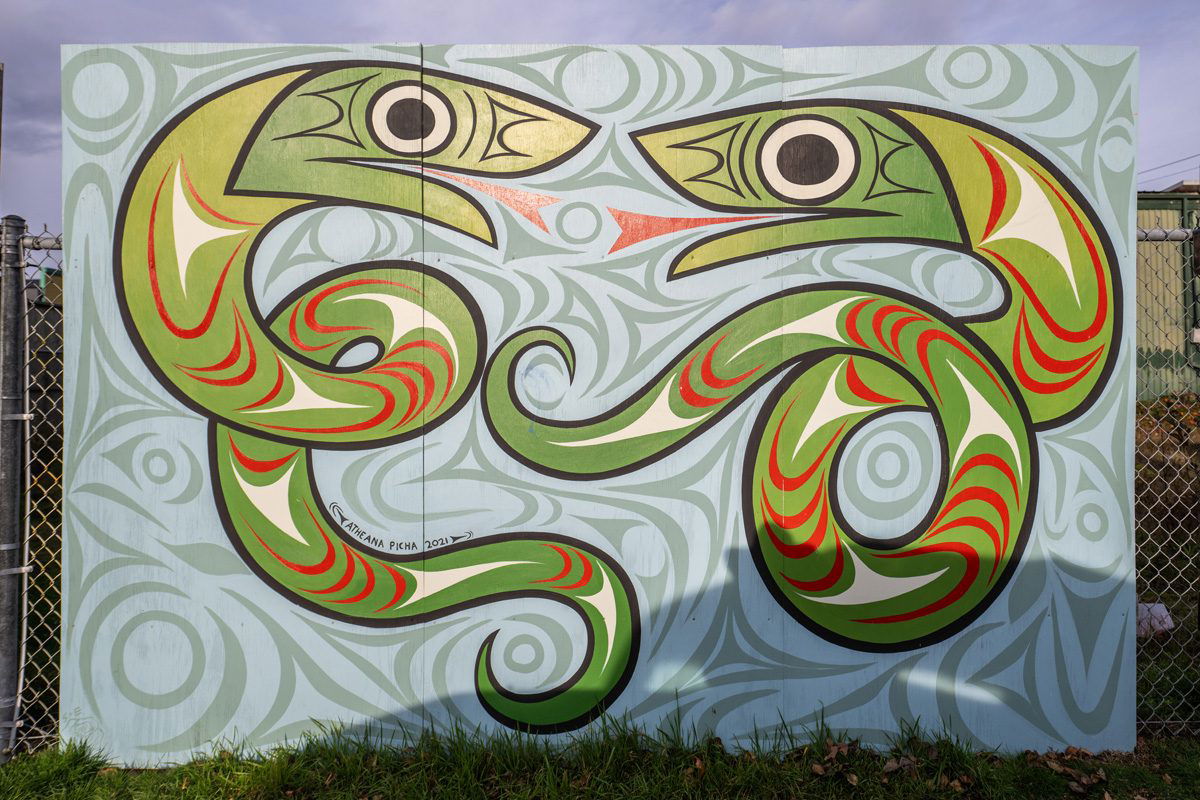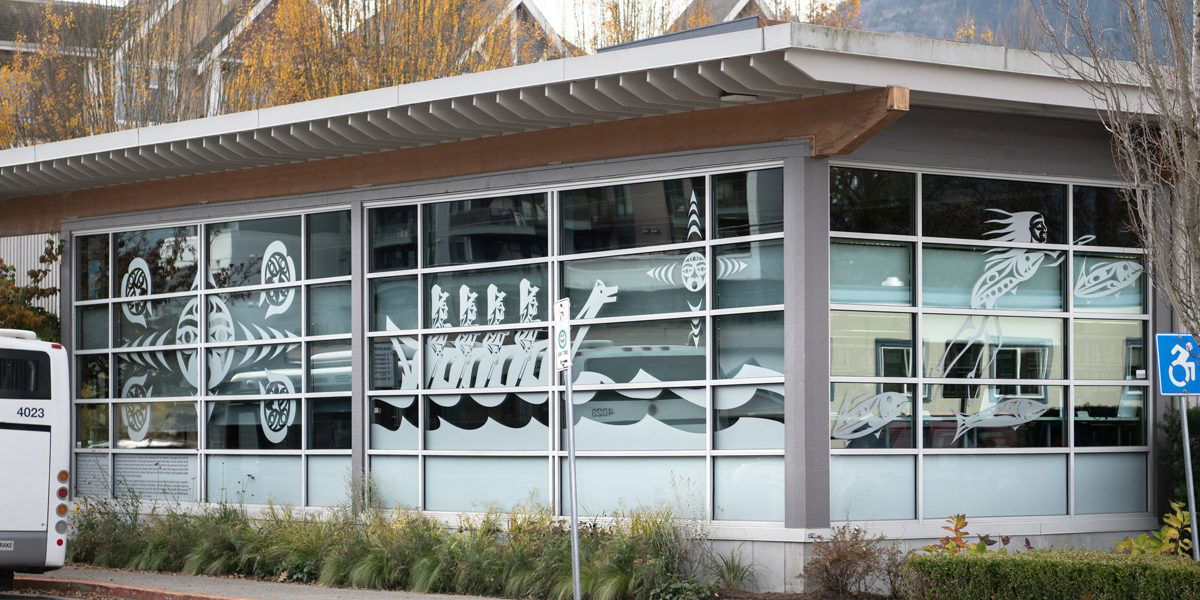
Interested in commissioning public art in Squamish?
Consider these initial steps prior to creating a Request for Proposal/Qualification (RFP or RFQ) or inviting artists to submit applications:
- What is your vision, does the vision suit the budget, location, type of artist you want to work with?
- What sort of art do you want to commission – is it purely visual such as sculpture and mural; can public art be included in functional elements such as fences, signposts, seating; do you want it to tell a story, be abstract, blend in to the environment, be bright and bold, spark conversation, or to be played with?
- What is the size and scale of the art?
- Is there a set location, or can a broad space be the canvas for the artist to get creative? Is there any flexibility with size, scale, location, and can the artist be involved in the final decisions?
- What sort of artists do you want to attract – certain age, demographic, experience level, location?
- How much funding do you need – budgets should cover artist fees, materials, manufacturing costs, installation costs, maintenance/warranty
- Is this a one-off piece, or a series of works? Is it temporary or permanent?
- What is the timeline? Consider time for applications to be received, applicants to be interviewed, initial concepts to be produced, detailed designs, fabrication, and installation
- Will the artist design, and the fabrication is arranged separately, or will the artist arrange design and fabrication themselves?
- Do you need to consult with First Nations elders or knowledge-keepers, the community, or other stakeholders prior to your call-out? Do you need to have public consultations or small group or individual consultations to inform the project?
- Who will be the internal liaison for the artist?
- Who will be reviewing and narrowing down applications?
- Ensure you are aware of who internally needs to be involved in the process for the engineering and structural considerations for the artwork, high-level sign-off, and contact the District of Squamish early on in the process to ensure any DOS requirements are met

Truth and Reconciliation, Equity and Diversity
There are numerous expressions of reconciliation including:
- Land acknowledgement. Public art projects are strongly encouraged to acknowledge the land on which the project takes place.
- Learning from and building relationships with Indigenous Elders and Knowledge Keepers, seeking information about cultural protocols, community consultations as necessary
- Inviting First Nations artists to respond to your RFP
- Consider additional supports that may be required to support diverse artists to be considered for the project, not just the most experienced, accessible or vocal artists

Accessibility
Ensure accessibility has been considered across the project, both in terms of supporting diverse applicants to apply and supporting artists with mobility or who face other barriers to be a part of the project; and in terms of accessibility and the completed artwork.
- Accessibility legislation typically includes standards and requirements for the built environment, communication, and information accessibility. This can be relevant to public art installations to ensure that they are accessible to all individuals, including those with disabilities.
- Artists and organizers involved in public art projects should consider the accessibility standards outlined in the relevant legislation to ensure that the design, installation, and experience of the artwork are inclusive.
- This may include considerations for physical accessibility, such as ramps or pathways for individuals with mobility challenges, as well as ensuring that any information or communication related to the art is accessible to individuals with sensory or cognitive disabilities.
Artists and commissioning organizations should familiarize themselves with the specific accessibility standards applicable in their jurisdiction and work towards making public art installations inclusive and accessible to everyone.
Consulting with accessibility experts or relevant authorities can also be beneficial to ensure compliance with these standards.
Consult the Accessibility 2024 Action Plan for BC and Accessible Canada Act for detailed information.